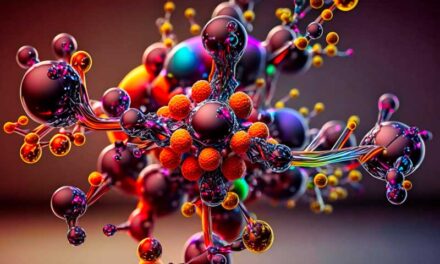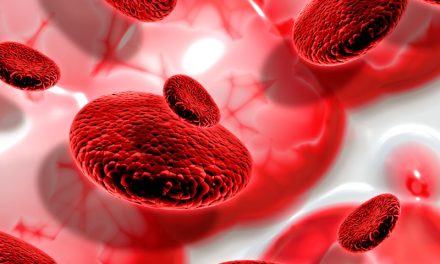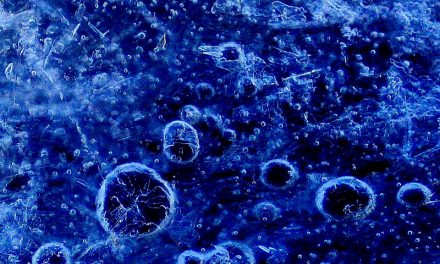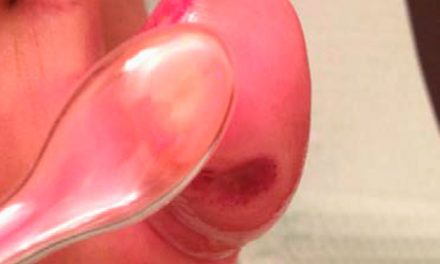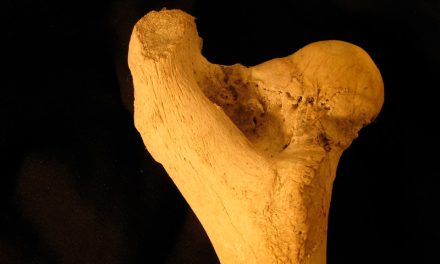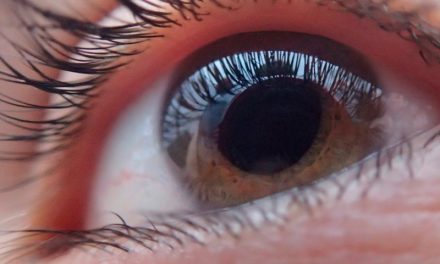Artículo Original
Autores
Livan Delgado-Roche, Enrique Verdial, Hernán Assam
Keywords
Ozone therapy
coronary artery disease
oxidative stress
high density lipoprotein
paraoxonase
Abstract
Coronary artery disease (CAD) is the most common cause of death in western societies. Epidemiological studies have found that plasma concentration of highdensity lipoproteins (HDL) correlates inversely with the incidence of CAD. The qualityand functionality of HDL, more than quantity, appears to be an important predictor ofantiatherogenic properties of these particles. Epidemiological evidence demonstratesthat low HDL-paraoxonase activity is associated with increased risk of cardiovasculardisease. Evidence that antioxidant enzymes, and other subcellular activities could bemodulated by low doses of ozone is now proven and support its clinical application. The aim of the present study was to evaluate t he effect of ozone therapy onparaoxonase 1 lactonase activity and lipid damage in CAD patients. We included 52pa tients in the clinical study. The first group (n=26) received 20 sessions of ozone(40μg/mL; 200 mL) by rectal insufflation, meanwhile the second one was treated withoxygen only (n=2 6, control group). At the end of the study we determ i nedspectrophotometri cally the paraoxonase-lactonase activity, and the LDL and serumsusceptibility to lipid peroxidation. The results showed that ozone therapy was able to reduce the malondialdehyde levels in treated patients at the same time that paraoxonase 1 lactonase activity was significantly (p<0. 05) increased. Our resultssuggestthat ozone may be used in combination with the conventional drugs for CADtherapy. Nevertheless, future clinical trials will be necessary to establish how long HDLantioxidant status is maintained after therapy and how often it will be necessary to repeat the ozone treatment.
This post is also available in:  English (Inglés)
English (Inglés)






